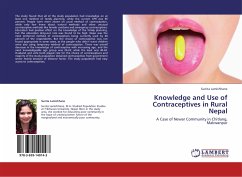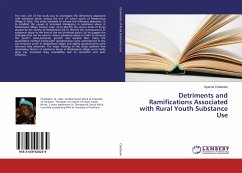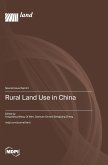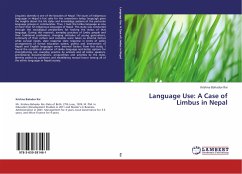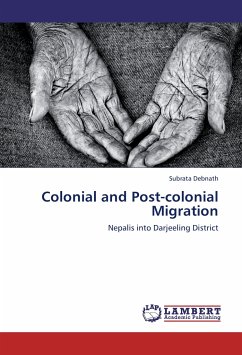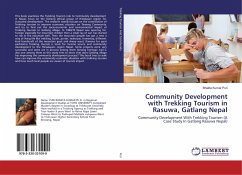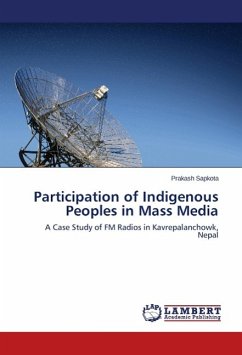The study found that all of the study population had knowledge on at least one method of family planning, while the current CPR was 85 percent. People were more aware on usual method of contraception, while only few knew about natural methods and other unusual contraceptive methods like female condoms and emergency contraceptives. Education had positive effect on the knowledge of the family planning, but the education drop-out rate was found to be high. Depo was the most preferred method of contraceptives being currently used by 60 percent of the respondents. But the choice of contraceptive was not found appropriate in some cases, as the people who didn t want children were also using temporary method of contraception. There was overall decrease in the knowledge of contraceptive with increasing age, and the most knowledgeable age group was 20-24; while the least was 40-44. Husband and wife both played role for the choice of contraceptives and majority of the study population obtained contraceptives from government sector mainly because of distance factor. The study population had easy access to contraceptives.

